20 Common Errors That Stop You From Cooking Perfect Vegetables
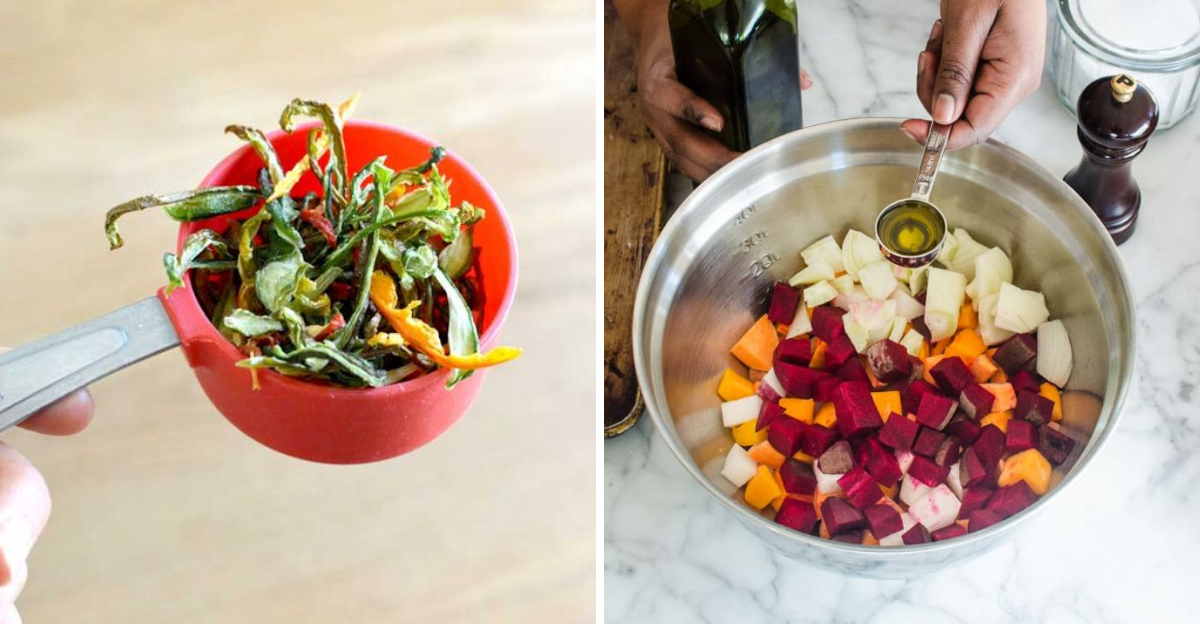
Cooking vegetables to perfection requires more than just following a recipe; it demands attention to details. From the choice of oil to the method of cooking, every step counts. Here’s a guide to help you identify and correct some common errors that may be hindering your vegetable-cooking success.
1. You Overcrowd the Pan
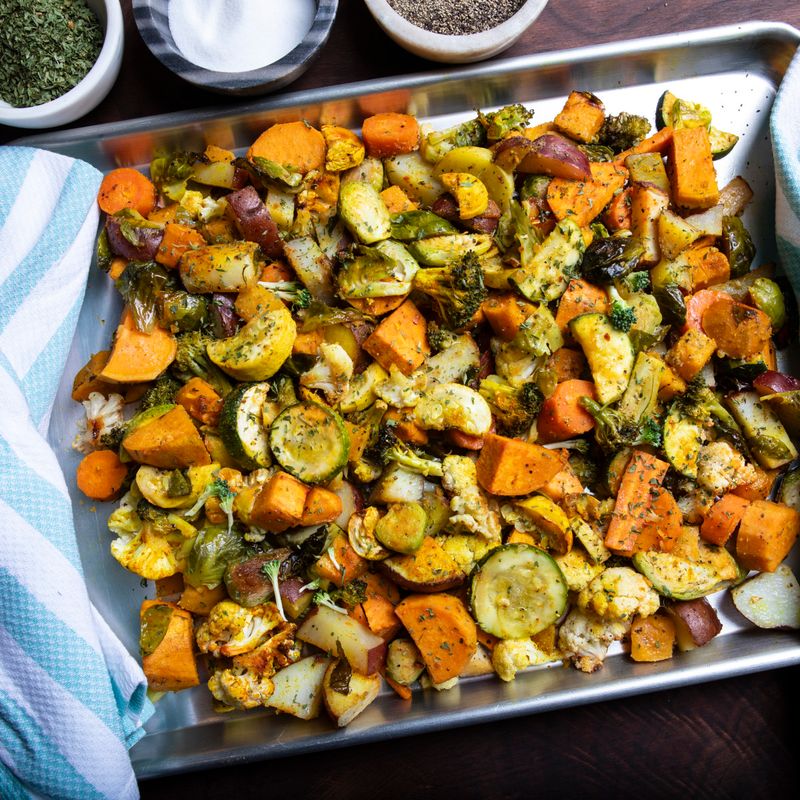
In the art of cooking, less is often more, especially when it comes to pan space. Imagine a crowded dance floor where no one can move—this is your pan when overloaded with veggies. The result? Steamed, rather than roasted, vegetables. Each piece needs room to breathe and brown, turning into a culinary masterpiece.
Give them space, and they’ll reward you with a golden, crispy edge. By spreading them out, you allow the hot air to circulate, encouraging that sought-after caramelization. Keep it roomy, keep it delicious.
2. You Don’t Dry Them After Washing
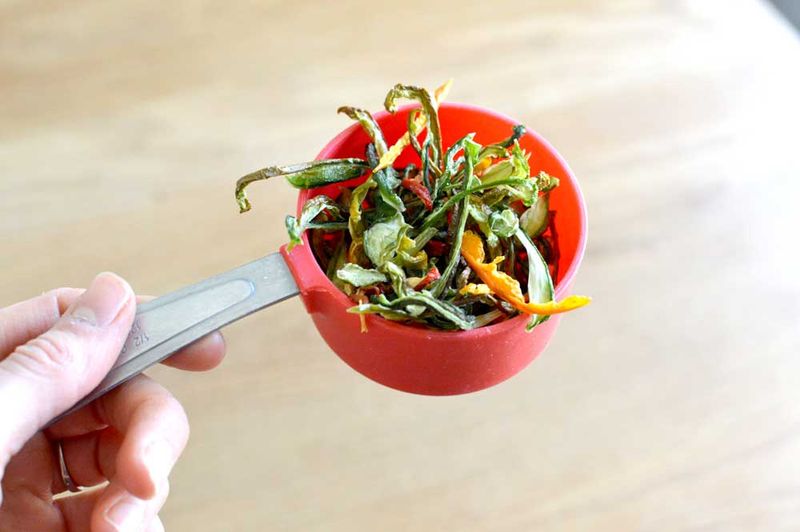
Imagine wearing a wet raincoat in a sun shower; it’s uncomfortable and unnecessary. The same applies to your vegetables. Wet veggies lead to mushy results. After washing, they hold onto water, which inhibits that perfect, crispy texture you crave.
Dry them thoroughly before cooking to unlock flavors and textures. A simple pat with a towel can make all the difference. This quick step ensures that your vegetables roast beautifully, absorbing flavors and achieving a lovely crunch. Dry equals delicious!
3. You Underseason
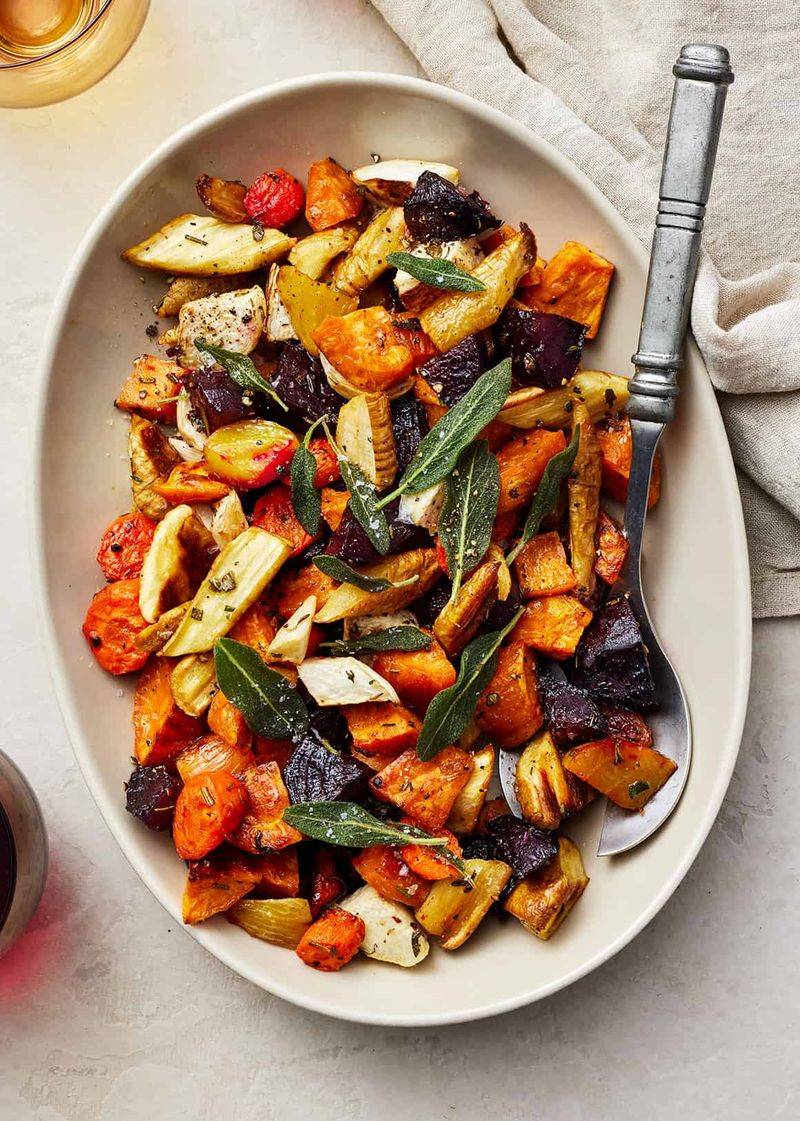
Salt is the unsung hero of the culinary world, often overlooked but crucial to flavor. Without it, vegetables can taste bland and uninspired, like a symphony missing its conductor. Seasoning enhances their natural flavors, making them shine on the plate.
Don’t be stingy with your salt—embrace it, especially before roasting. A well-seasoned vegetable is a delightful experience, transforming ordinary produce into extraordinary bites. Be generous, and let the salt work its magic.
4. You Boil When You Should Roast
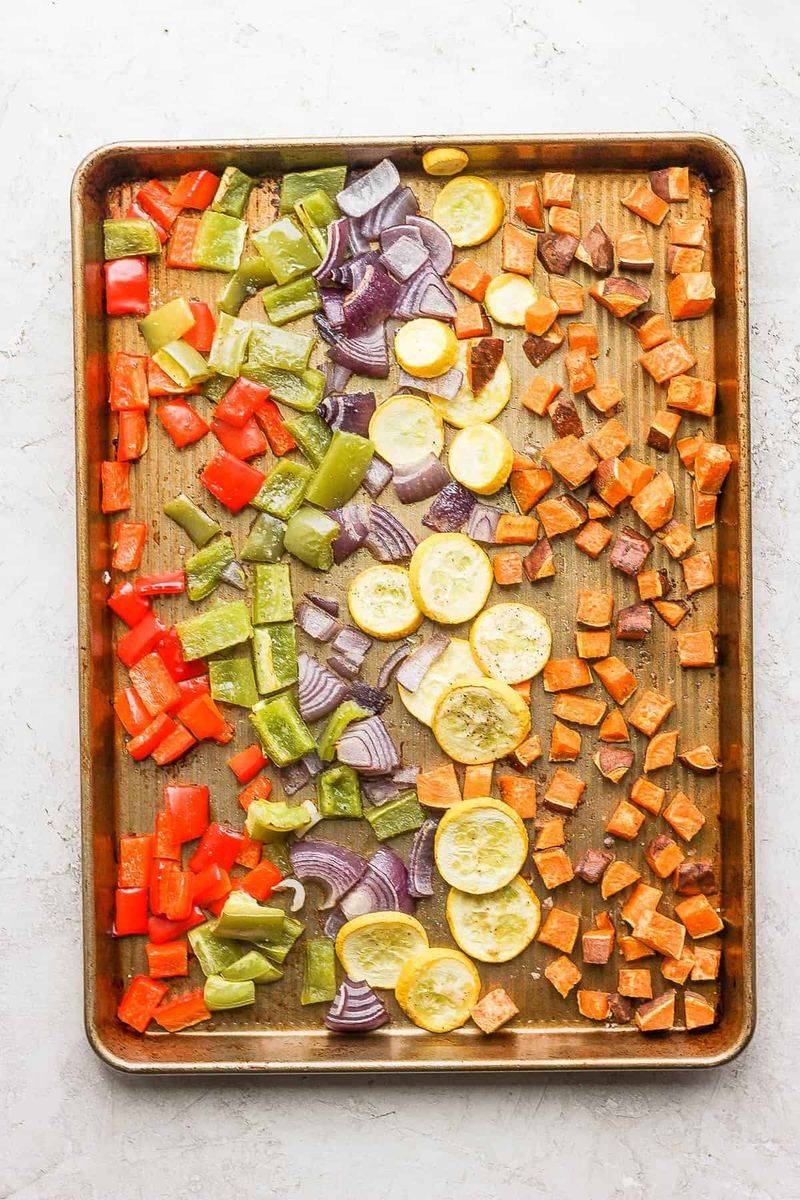
Boiling vegetables may feel instinctual, but it can sap them of nutrients and flavor, leaving a lackluster result. Roasting, however, infuses them with depth and caramelized perfection. Picture a sweet, slightly charred carrot—roasting brings out its best.
Boiling has its place for some dishes, but roasting should be your go-to for maximizing taste. The high heat brings out natural sugars, creating complex flavors. Next time, swap the pot for the oven and taste the difference.
5. You Use the Wrong Oil
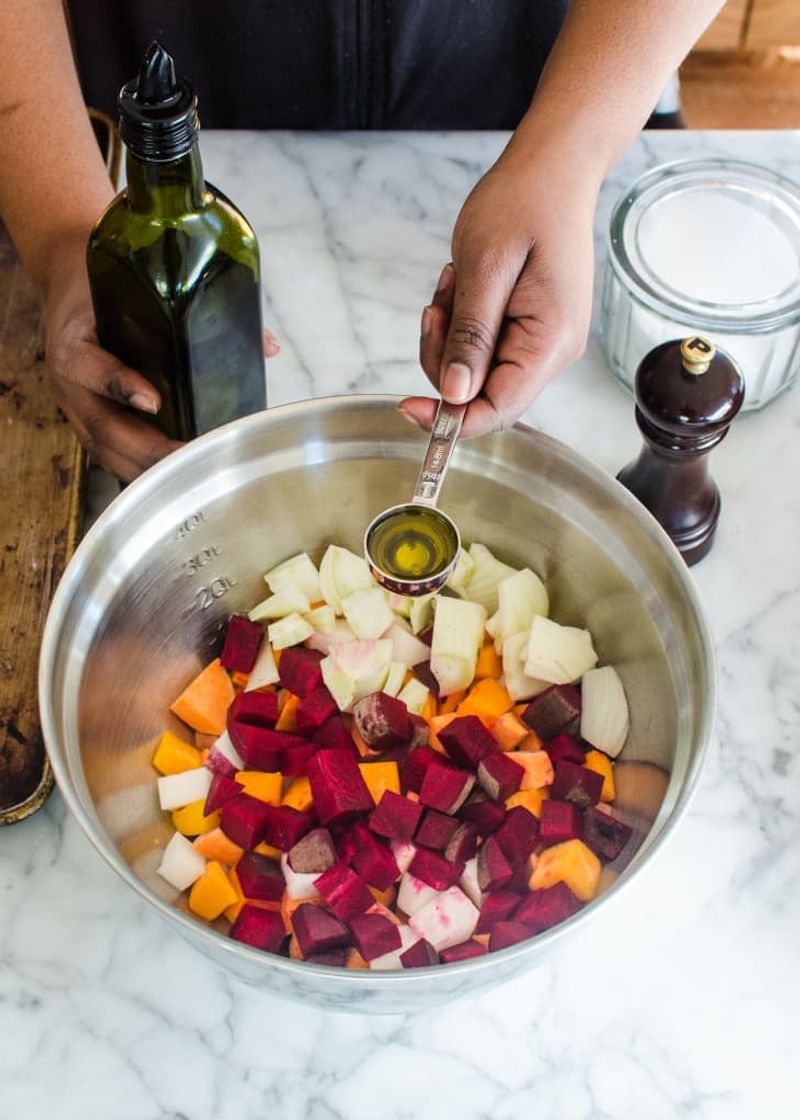
Cooking oils are more than just a cooking medium; they are flavor foundations. The wrong oil can turn a dish from delicious to disastrous. Butter may impart richness, but burns at high temperatures, ruining your veggies.
Opt for oils with high smoke points, like avocado or grapeseed, for robust flavor and excellent roasting. These oils withstand heat, ensuring your vegetables cook evenly and beautifully. Choose wisely, and let your choice of oil elevate your dish.
6. You Skip the Blanching Step (When Needed)
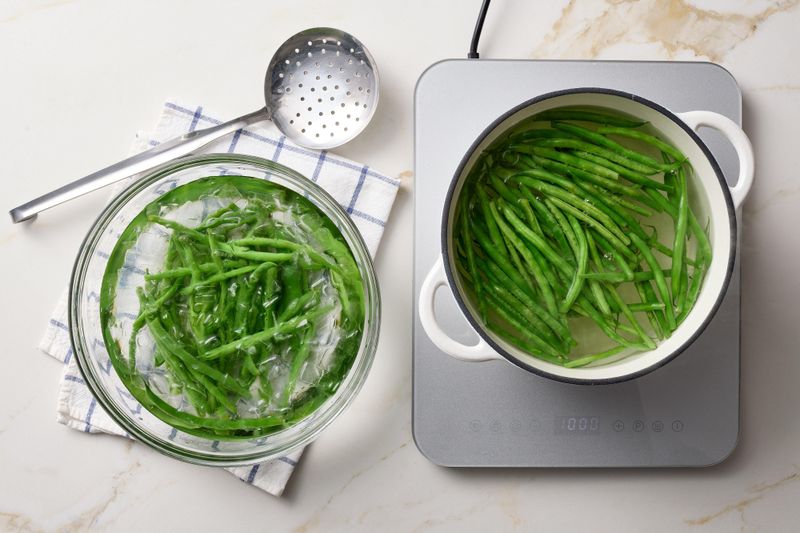
Blanching is akin to a quick wake-up call for certain vegetables, preserving color and texture with a brief dip in boiling water. Think of it as a spa treatment for your greens. Without blanching, green beans or broccoli can turn drab and limp.
A quick blanch before sautéing or stir-frying keeps them vibrant and crisp. It’s a time investment that pays dividends in flavor and presentation. Embrace blanching, and let your vegetables shine bright and beautiful.
7. You Don’t Taste As You Go

Cooking without tasting is like painting blindfolded—you miss the nuances that create harmony. Tasting as you go allows for adjustments in seasoning, texture, and cooking time, ensuring a dish that delights.
It’s an ongoing dialogue between you and your food, guiding you to culinary excellence. Don’t wait until the end; sample your work and tweak it along the way. Your taste buds will thank you, and your vegetables will sing with flavor.
8. You Use Low Heat
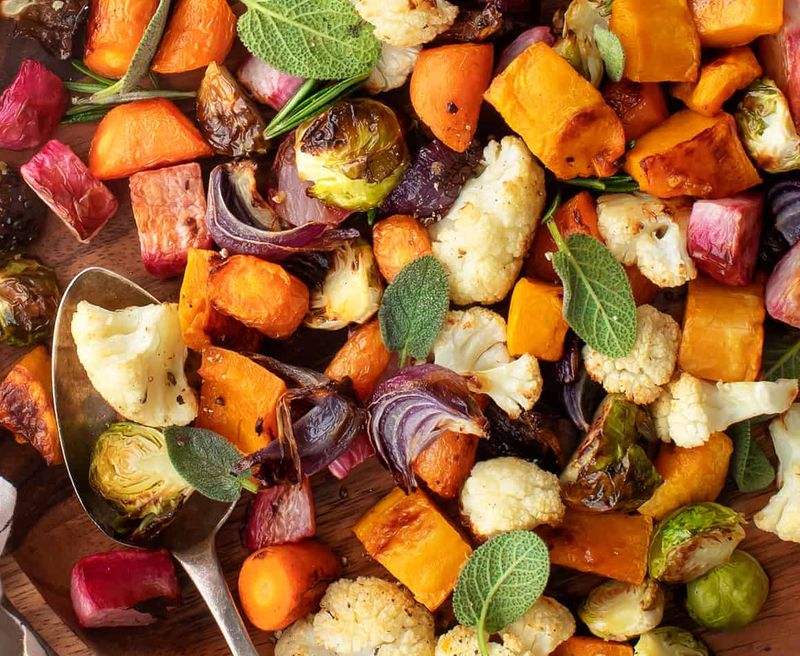
Imagine trying to sunbathe under a cloudy sky—low heat leaves veggies pale and uninspired. They need high heat to develop those glorious caramelized edges. Brussels sprouts or carrots come to life when exposed to higher temperatures.
Don’t be shy; crank up that heat and let your vegetables bask in the warmth. The results are transformative; high heat unlocks flavors, textures, and aromas that low heat can never achieve. Turn it up for perfectly roasted success.
9. You Cut Everything the Same Way (Even When You Shouldn’t)
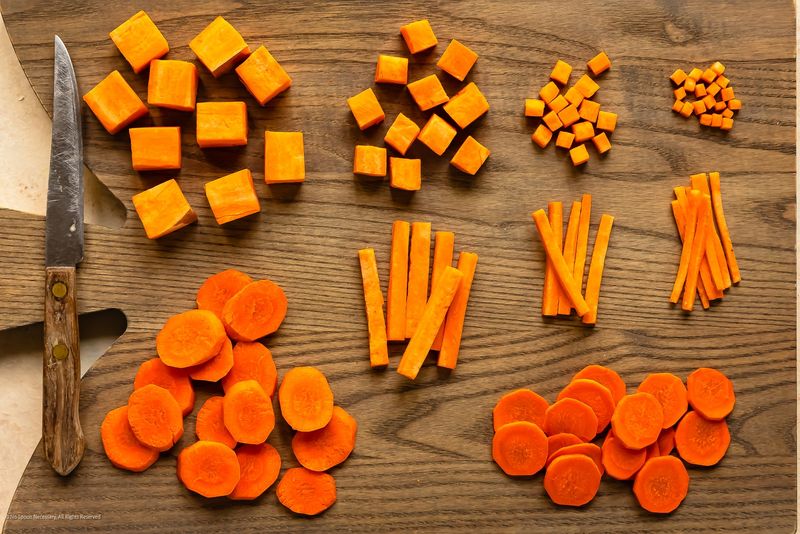
A one-size-fits-all approach doesn’t work in the kitchen. Vegetables have personalities, and cutting them appropriately can make or break a dish. Some prefer chunks, others slices, each shape affecting cooking time and texture.
Recognize their uniqueness and adjust your cuts accordingly. Experiment with shapes to achieve even cooking and delightful textures. It’s a simple change that elevates a dish from good to great, celebrating the individuality of each vegetable.
10. You Cook Everything Together
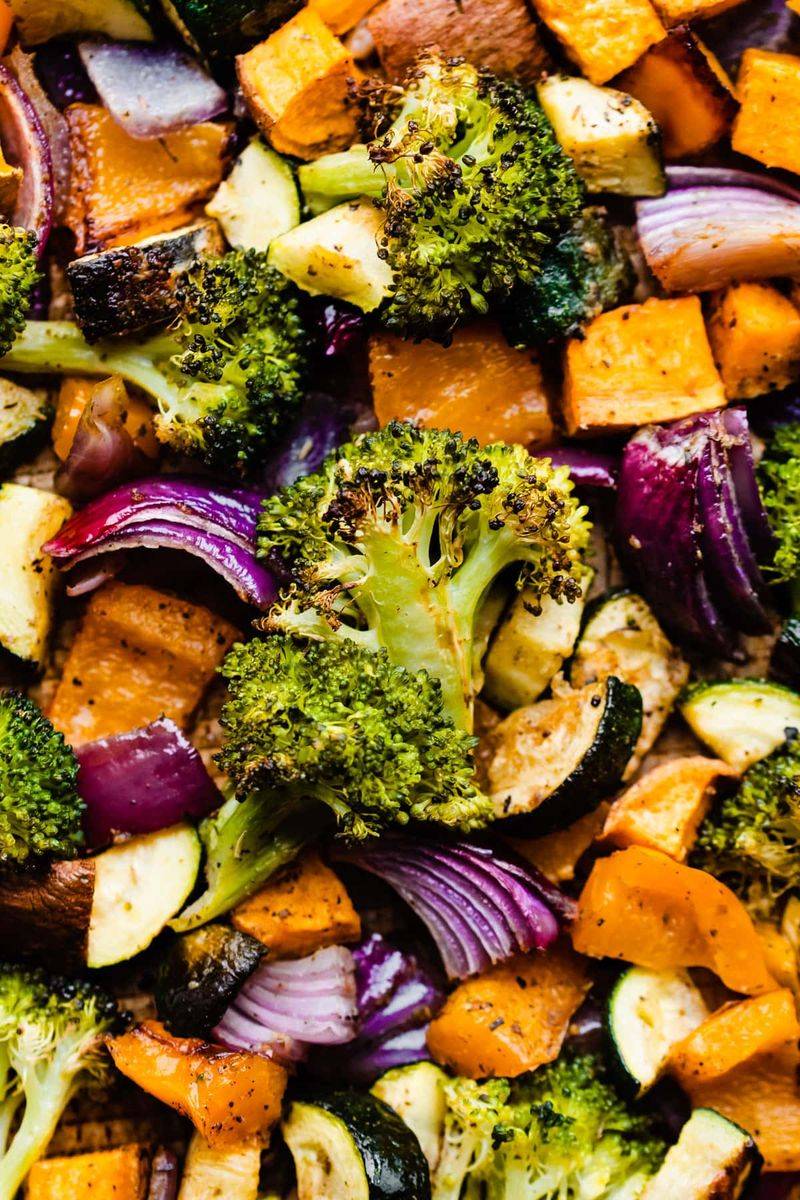
Cooking vegetables is like orchestrating a symphony—timing is everything. Soft zucchini and hard sweet potatoes don’t cook at the same speed, leading to uneven results. It’s a balancing act that requires attention.
Start with dense veggies, giving them a head start, or cook in batches for precision. This ensures every bite is perfectly cooked, retaining texture and flavor. Harmonize your cooking times, and let each vegetable reach its peak.
11. You Skip Acid or Fresh Herbs at the End
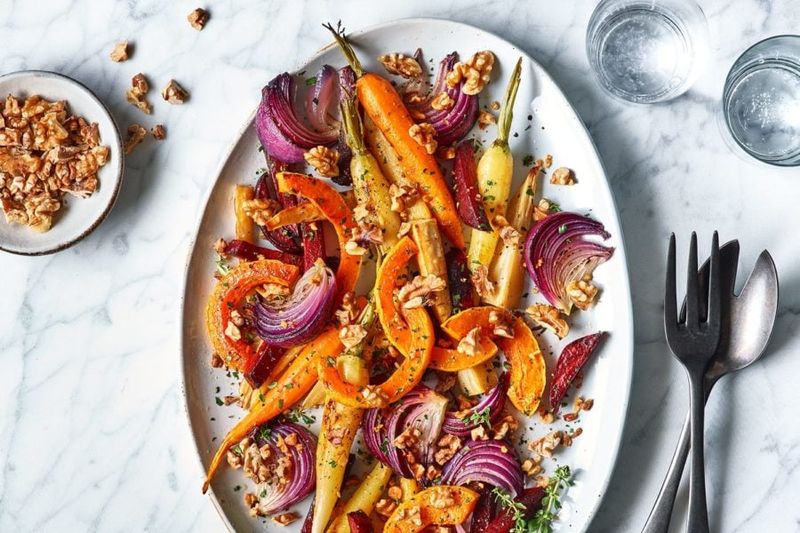
A final flourish of acidity or fresh herbs can transform a dish, adding brightness and complexity. Imagine a squeeze of lemon elevating a simple stir-fry to something spectacular.
These finishing touches awaken your taste buds, balancing flavors and adding a fresh contrast. Don’t overlook this step; it’s the secret to making vegetables pop with vibrancy and taste. Add a little zing, and watch your dish come alive.
12. You Don’t Preheat Your Pan or Oven
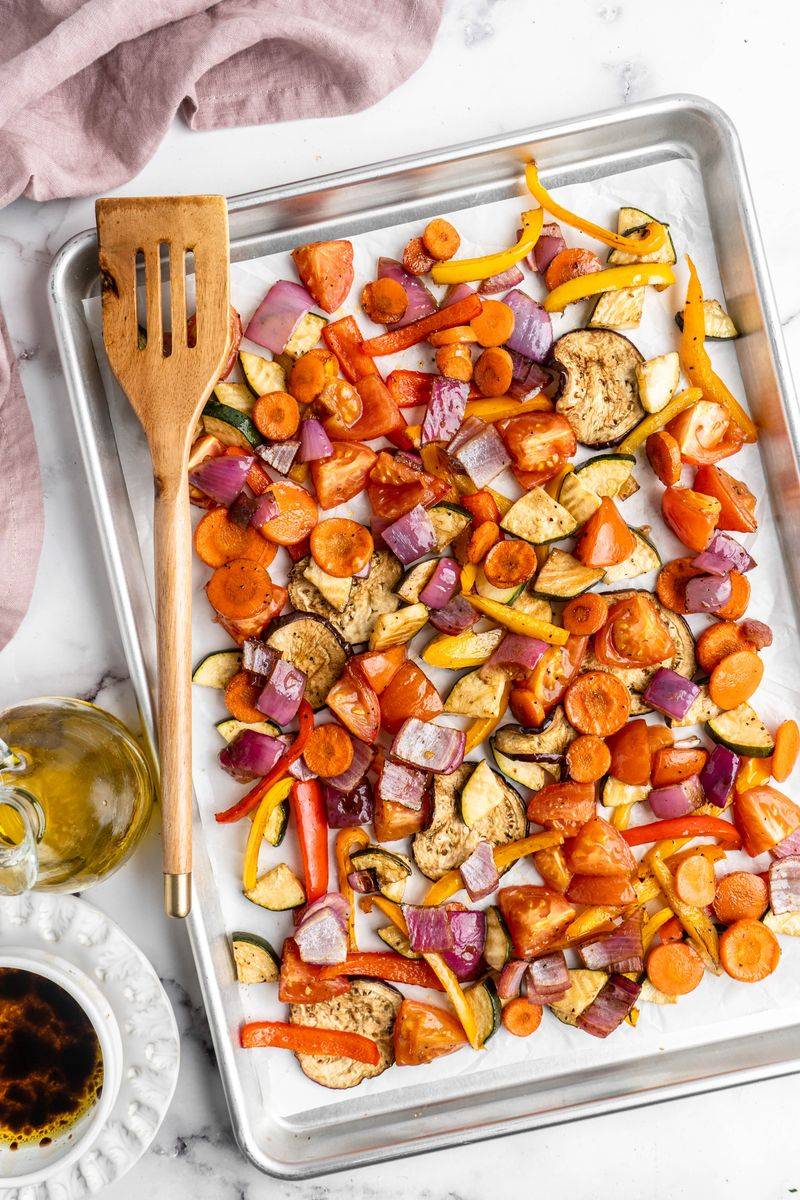
Preheating is the unsung hero of successful roasting. Skipping this step is like jumping into a cold pool—it shocks the system. Vegetables placed into a cold pan steam instead of roast, missing that caramelized exterior.
Allow your oven or pan to preheat fully, creating the ideal environment for roasting. This step ensures even cooking and that sought-after crispy texture. Prepare in advance, and your vegetables will thank you with delicious results.
13. You Use Old Produce
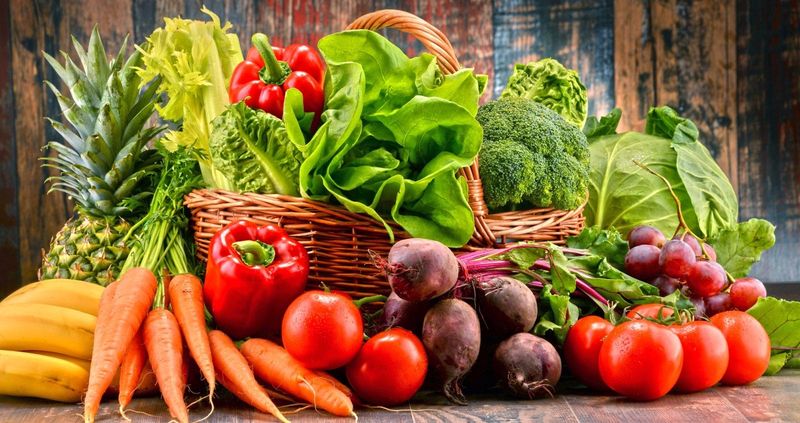
Cooking with old produce is like creating art with faded colors—it lacks vibrancy and appeal. Fresh, in-season vegetables offer flavors and textures that old, wilted ones can’t match.
Check your produce for freshness, looking for crispness and bright colors. The difference in taste is profound, turning a dish from ordinary to extraordinary. Choose fresh produce and elevate your culinary creations.
14. You Leave the Skin On (When You Shouldn’t)
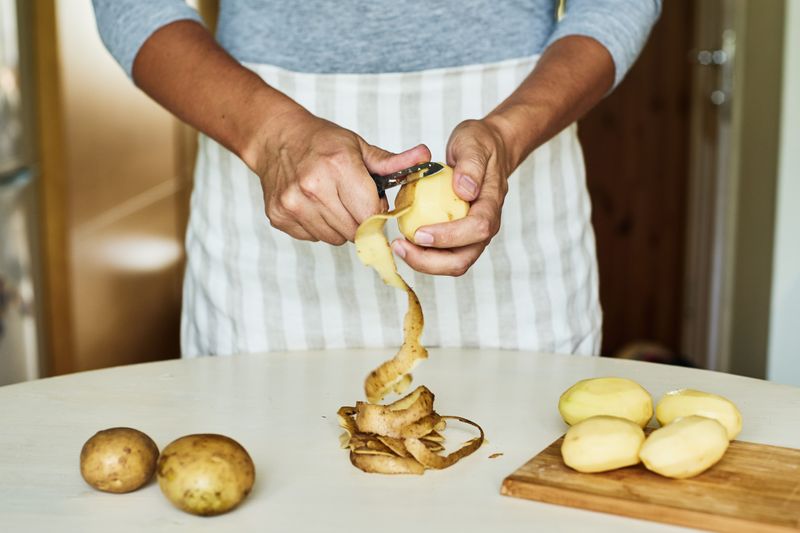
Some vegetables wear their skin like a badge of honor, but others benefit from shedding it. Tough skins can add bitterness and chewiness, detracting from a dish’s elegance.
For eggplant or tough squash, peeling enhances texture and flavor, creating a smoother, more palatable bite. Know when to peel and let your dish’s sophistication shine through. A simple peel can transform your culinary experience.
15. You Stir Too Much

Sometimes, patience is a virtue in cooking. Constant stirring prevents vegetables from developing that golden, crispy edge, akin to tossing a pancake before it’s ready.
Let them sit undisturbed, allowing each side to brown perfectly. The result is a deliciously crispy exterior that enhances flavor and texture. Resist the urge to stir and let your vegetables reach their full potential.
16. You Add Garlic Too Early
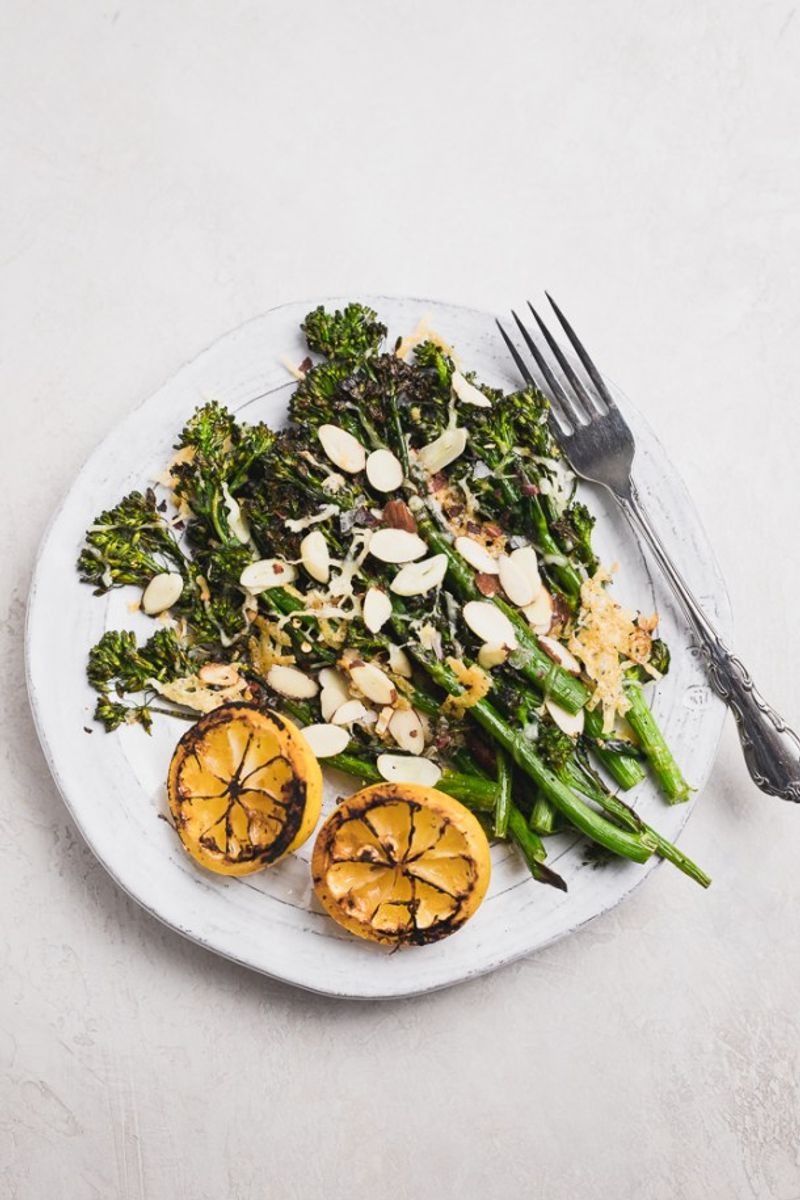
Garlic, with its punchy aroma, can elevate a dish, but it’s delicate and burns easily. Adding it too early results in bitter, charred bits that overshadow your vegetables.
Introduce garlic towards the end of cooking to preserve its subtle sweetness and aroma. This timing ensures it enhances rather than overpowers, creating a harmonious flavor profile. Get the timing right, and let garlic sing in your dish.
17. You Skip the Salt Water for Boiling

Salted water transforms boiling from bland to bold. It’s like seasoning from the inside out, ensuring every bite bursts with flavor.
For corn or potatoes, the difference is remarkable. Generously salting the water enhances taste and texture, making every forkful delightful. Don’t skip this easy step; it’s a game-changer for boiling success.
18. You Expect Frozen Veggies to Behave Like Fresh
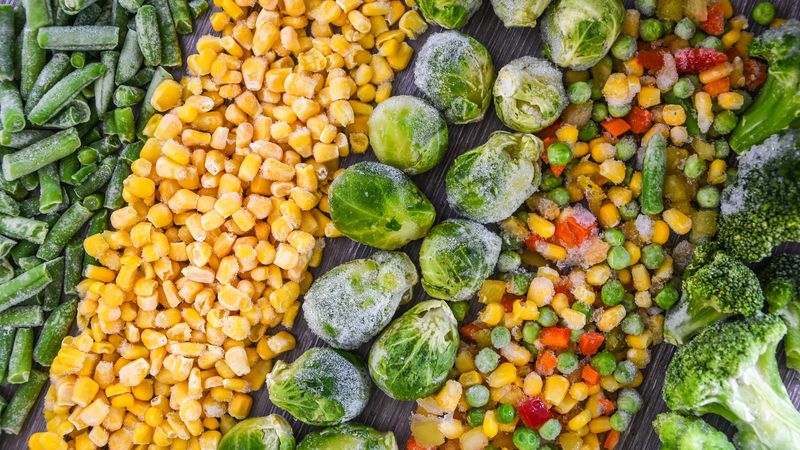
Frozen vegetables are convenient but require a unique approach. They won’t achieve fresh’s crisp perfection, but they offer their own appeal.
Roast them straight from frozen or give them a quick stir-fry for the best results. Embrace their differences and use techniques that highlight their strengths. It’s all about adjusting expectations and methods for frozen success.
19. You Don’t Use a Thermometer for Roasting
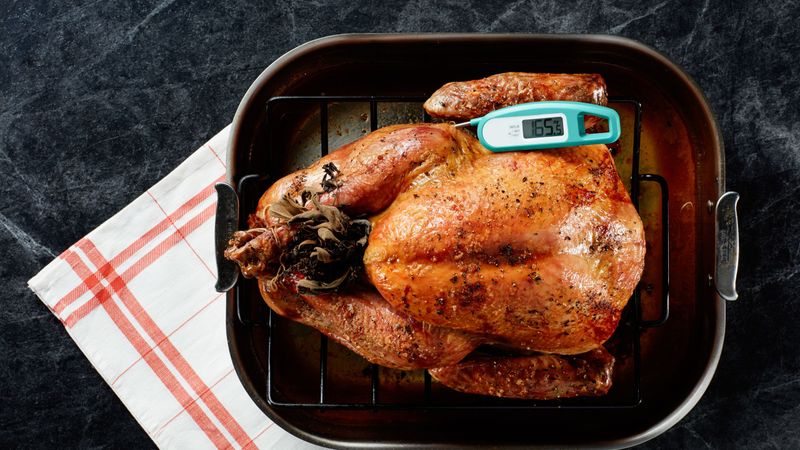
Precision is key in roasting, and a thermometer is your guide. Without it, temperatures can vary, impacting the outcome.
Aim for 400–425°F to achieve that golden finish. This precise heat ensures even cooking and caramelized perfection. Trust your thermometer, and let it lead you to roasting excellence.
20. You Forget About Texture Contrast
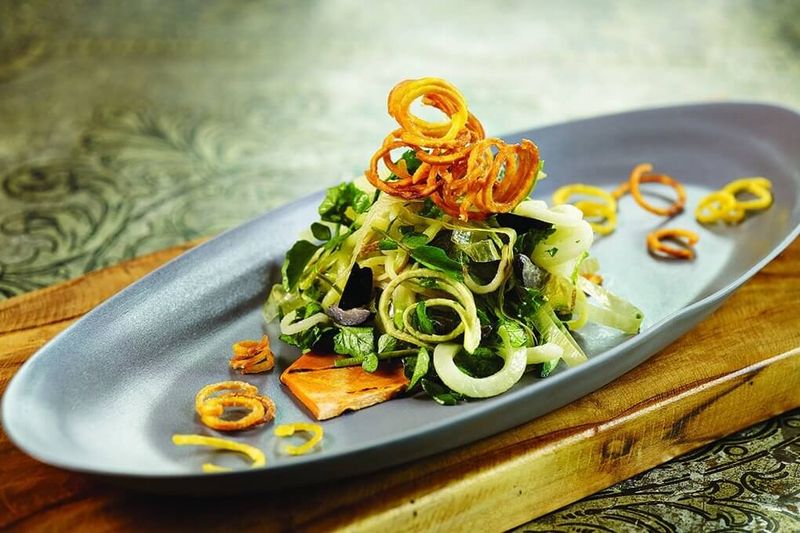
Texture is the unsung hero of culinary delight. Creamy, crunchy, or crisp contrasts elevate dishes from good to great.
Incorporate different textures like purees, toppings, or quick pickles to add interest and depth. This variety excites the palate, transforming simple vegetables into unforgettable dishes. Play with texture, and let your veggies dazzle.
